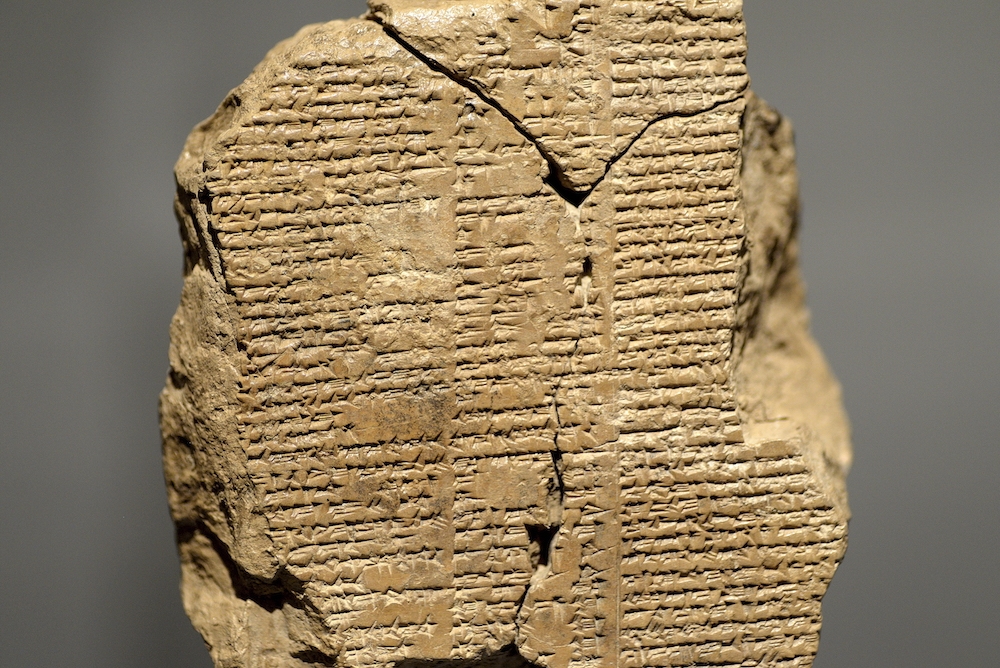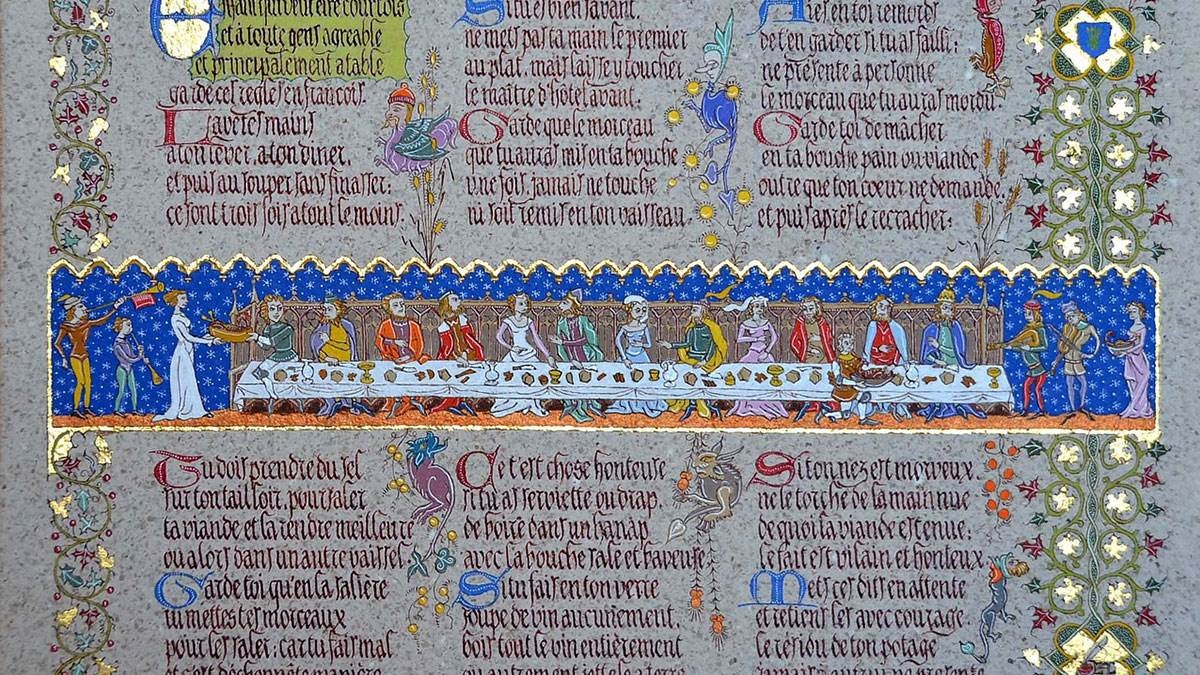What is the First Book ever written in the World?
 |
| Photo: Brewminate |
The first Book in the World
The invention of writing marks the boundary between pre-history and history. The first written language that we know of was archaic cuneiform. It is believed to have appeared around 3400 BC during the early period of ancient Sumerian civilization in the region between the Tigris and the Euphrates Rivers in what is now Iraq. Cuneiform was originally a pictographic language gradually becoming syllabic and composed of wedge-shaped characters ( the word, “cuneiform,” comes from the Latin term cuneus meaning wedge). The earliest writings were on clay tablets and were probably administrative lists.
The first written story that has come down to us is The Epic of Gilgamesh. It is a mythologized account of a historical figure, Gilgamesh, a ruler of the Sumerian city-state of Uruk, believed to have ruled sometime between 2700-2500 BC.
There are a number of fragmentary versions of the story. The oldest known are dated around 2100 BC. But some scholars believe that these could be transcriptions of earlier Sumerian texts. Integrated versions have been found dating from around 2000-1700 BC. The most complete “standard” version was written on 12 clay tablets sometime between 1500 – 1200 BC. It was discovered in the ruins of the Assyrian King Ashurbanipal’s library in Nineveh, which was the largest library in the pre-Hellenic ancient world.
The definition of “book” has become more flexible in the last few years. It used to be that a “book” was defined as a collection of printed sheets of bound paper, encased between two covers. But with the advent of the e-book, the definition is changing almost daily. One would have to conclude that a story was written and read on clay tablets is no less a book than one on an iPad.
The Gilgamesh Epic continues to be available in hardback, paperback, and as an e-book edition. There is only one copy available on clay tablets. This can be found at the British Museum.
Spoken word and cave drawings
Before we had books, we had stories. Storytelling was a communal act: a retelling of daily life to teach a lesson, instil a warning or simply to entertain. Storytelling was a communal way of sharing joy and keeping the dark or danger at bay. This is how fairy tales began and how language and spoken word found its power.
Alongside storytelling, there are many examples of older civilisations recording their lives, through cave drawings or stone carvings. But the earliest examples of "writing" – either on stone slabs or impressed onto pieces of bark – were more to record numbers, lists, or convey information.
People needed to document their accounts, so in fact the very first written notes were more to convey maths
Scrolls and "pages"
The ancient Egyptians were the first society to use "pages", as such. They did this by weaving together stems of a papyrus plant, then flattening the woven stems by pounding them flat. This created a "page", which, when glued together, became a scroll.
This technique was used for hundreds of years and the Greeks and Romans soon adopted it. They would carefully wrap the scroll around a large piece of wood so it could be stored or transported and then unwound in a very grand gesture, to be read out loud. This method was used until the 8th century AD.
Slightly before this time, in another part of the world, parchment such as calf skin, or deer skin, began to be used as it was less likely to tear, and there was a shortage of papyrus. The parchment would be treated in alkaline then written over in ink.
The beginning of picture books
 |
| Photo: Booktrust |
Around 600 AD, beautiful hand-sketched illustrations began appearing on parchment. These colourful, meticulously drawn pictures were called "illuminated manuscripts" and were wonderful to behold. They helped depict the story or enforce the importance of the message on the parchment. Really, this was the beginning of picture books.
The Greeks and Romans also invented wax tablets, which were blocks of wood layered with wax so you could scratch a message into them, then erase them and re-use them again and again (sort of like an etch-a-sketch!).
The first actual book written on paper is said to have been made in China. It was created using mulberries, hemp, bark and even fish to form a big pulp, that could be pressed and dried to form paper. Each sheet of paper was roughly the size of a newspaper and called a "leaf". As soon as the leaf was printed upon with ink by using wooden printing blocks, it was known as a "folio", which is another word for leaf, according to Booktrust.
All stories are equalBooks are a global phenomenon and, like stories, they belong to everyone. No singular set of characters, nor type of story, has any authority over another. Just like all cultures and histories, all stories have a place upon the bookcases of the libraries of the world. |
 Top 10 Oldest Known Surviving Books in History Top 10 Oldest Known Surviving Books in History Since the invention of writing system, humans began to write on books. Dated back long time before books are precious assets delivering ancestor's experiences and ... |
 10 Tricks on How To Book Cheap Flight Tickets 10 Tricks on How To Book Cheap Flight Tickets There is an increasing demand for travelling. Therefore, people are also concerned about budget flight tickets. Know Insider suggests you the best tips and tricks ... |
 11 Creative Ways to Organize your Bookshelves 11 Creative Ways to Organize your Bookshelves If you’ve been in the habit of carelessly cramming your books wherever there’s an extra inch of shelf space, it’s time to step up your ... |


























